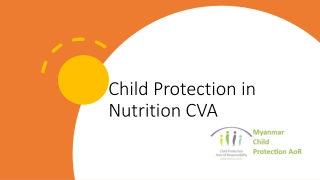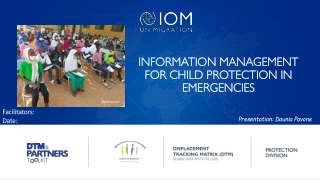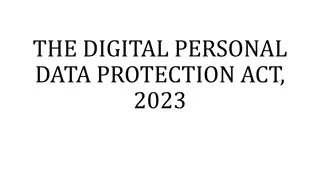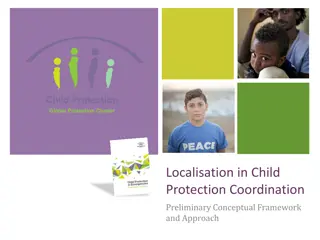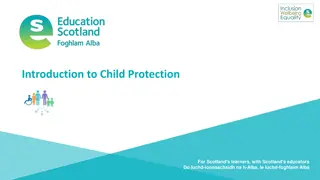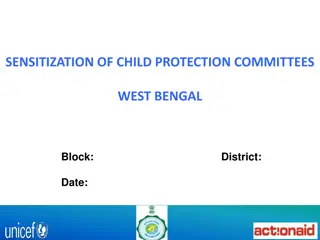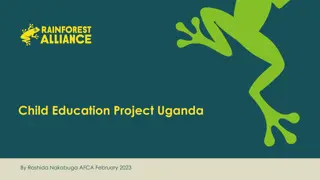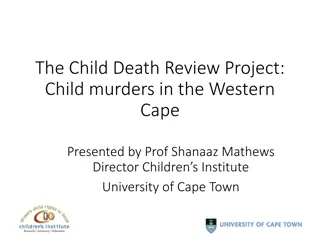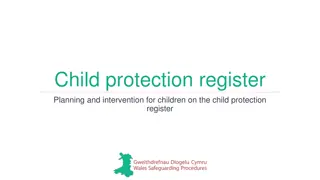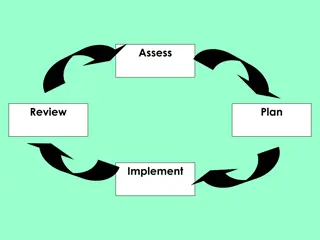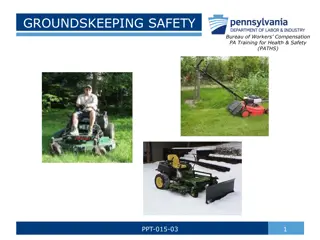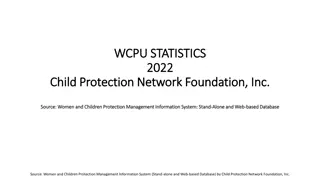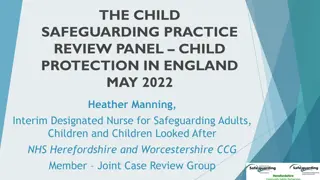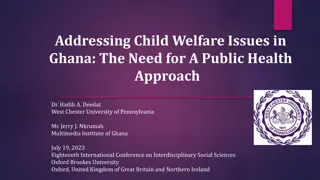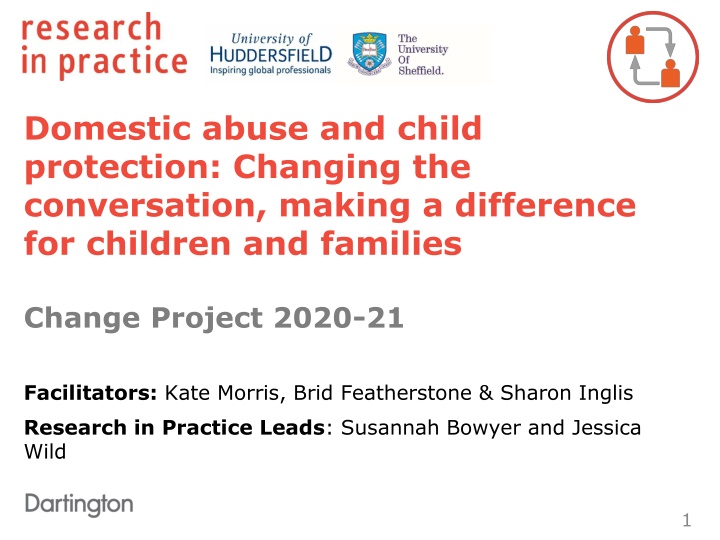
Changing the Conversation: Domestic Abuse and Child Protection Project
Explore the impactful Change Project 2020-21 focusing on domestic abuse and child protection, aiming to revolutionize service responses, facilitate culture change, and enhance outcomes for families. Discover the research, aims, development work, and themes covered in the project.
Uploaded on | 1 Views
Download Presentation

Please find below an Image/Link to download the presentation.
The content on the website is provided AS IS for your information and personal use only. It may not be sold, licensed, or shared on other websites without obtaining consent from the author. If you encounter any issues during the download, it is possible that the publisher has removed the file from their server.
You are allowed to download the files provided on this website for personal or commercial use, subject to the condition that they are used lawfully. All files are the property of their respective owners.
The content on the website is provided AS IS for your information and personal use only. It may not be sold, licensed, or shared on other websites without obtaining consent from the author.
E N D
Presentation Transcript
Domestic abuse and child protection: Changing the conversation, making a difference for children and families Change Project 2020-21 Facilitators: Kate Morris, Brid Featherstone & Sharon Inglis Research in Practice Leads: Susannah Bowyer and Jessica Wild 1
Change Project primary research questions The project drew from research, practice and family lived expertise to consider: Why has DVA become such a key driver of demand in child protection? How might our service responses be more humane, effective and socially transformative? 3
Change Project aims To support new conceptual and practice developments when responding to families where there is Domestic Violence and or Abuse (DVA). To radically reconceptualise dominant practice and policy approaches to DVA and child protection, to facilitate systems and culture change. To produce outcomes and learning which will support practitioners and policy makers when supporting families where there is DVA, in order to enable better outcomes for children and whole families. 4
Development work The Project supported participants from 30 local authorities,to explore how their child protection services currently understand and respond to concerns about DVA. Participants completed a local case file audit to support the development of fresh approaches. New research was discussed during each of the development days, as well as showcasing examples of innovative practice and presentations from mothers and fathers with lived experience. 5
Change Project development work Themes covered during the project included: Understanding domestic abuse and typologies of domestic abuse Intersectionality and the role of poverty and inequalities in the lives of families who experience DVA Working with mothers who are experiencing DVA Working with men who harm in families Whole family approaches to DVA and child protection, including Safe & Together. Achieving and sustaining culture and systems change. 1. 2. 3. 4. 5. 6. 6
Planned resource outputs Domestic abuse and child protection research digest series: 6 filmed resources featuring Brid Featherstone. Case file audit key findings and national picture: written briefing and accompanying podcast with Brid Featherstone and Kate Morris. Radically rethinking domestic abuse and child protection lived experience podcast series: co-produced with, and featuring, a mother who has worked with children s social care and has experience of DVA. Practice innovations series: case study interviews with practitioners from across the country showcasing new and innovative practice in the field of DVA and child protection. Communities of practice: led by Brid Featherstone and Research in Practice, to embed and share learning. 7
Feedback from participants [T]he videos of the men and women's stories were very emotional and have stayed with me and really shifted my thinking about the work we need to do in DA and CP. I have used these to run training sessions with the staff in my DV Hub and it has evoked brilliant discussions. 8
Feedback from participants [The Change Project] has really stimulated me to include the factors such as poverty in all communication and talk to social work teams about including them in the assessments. [ ] We have introduced the requirement for family network meetings and done more work on skills to work with fathers and helping people to acknowledge their fears and making plans to help them be less scared of approaching them. 9
Feedback from participants The lived experience sessions brought home to me again the impact of institutional re- victimisation and [how] services have to follow a set process rather than listening , hearing and responding to need - and how at times practice/responses can be blinkered and sometimes miss the bigger picture of what is happening for those who are impacted upon by DA. 10

